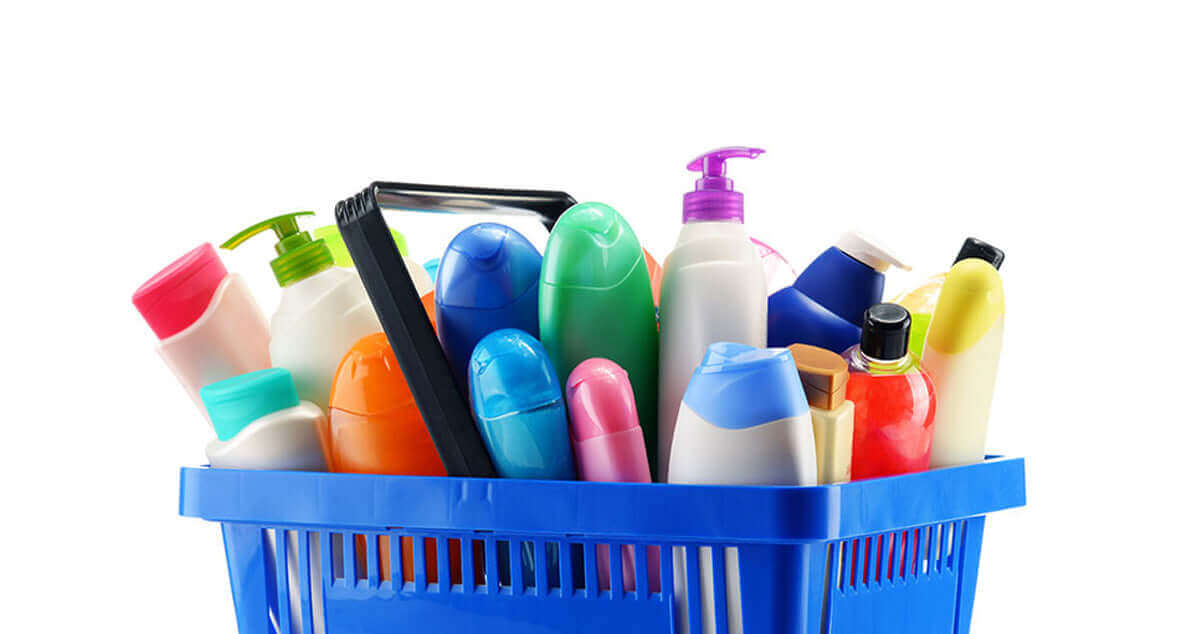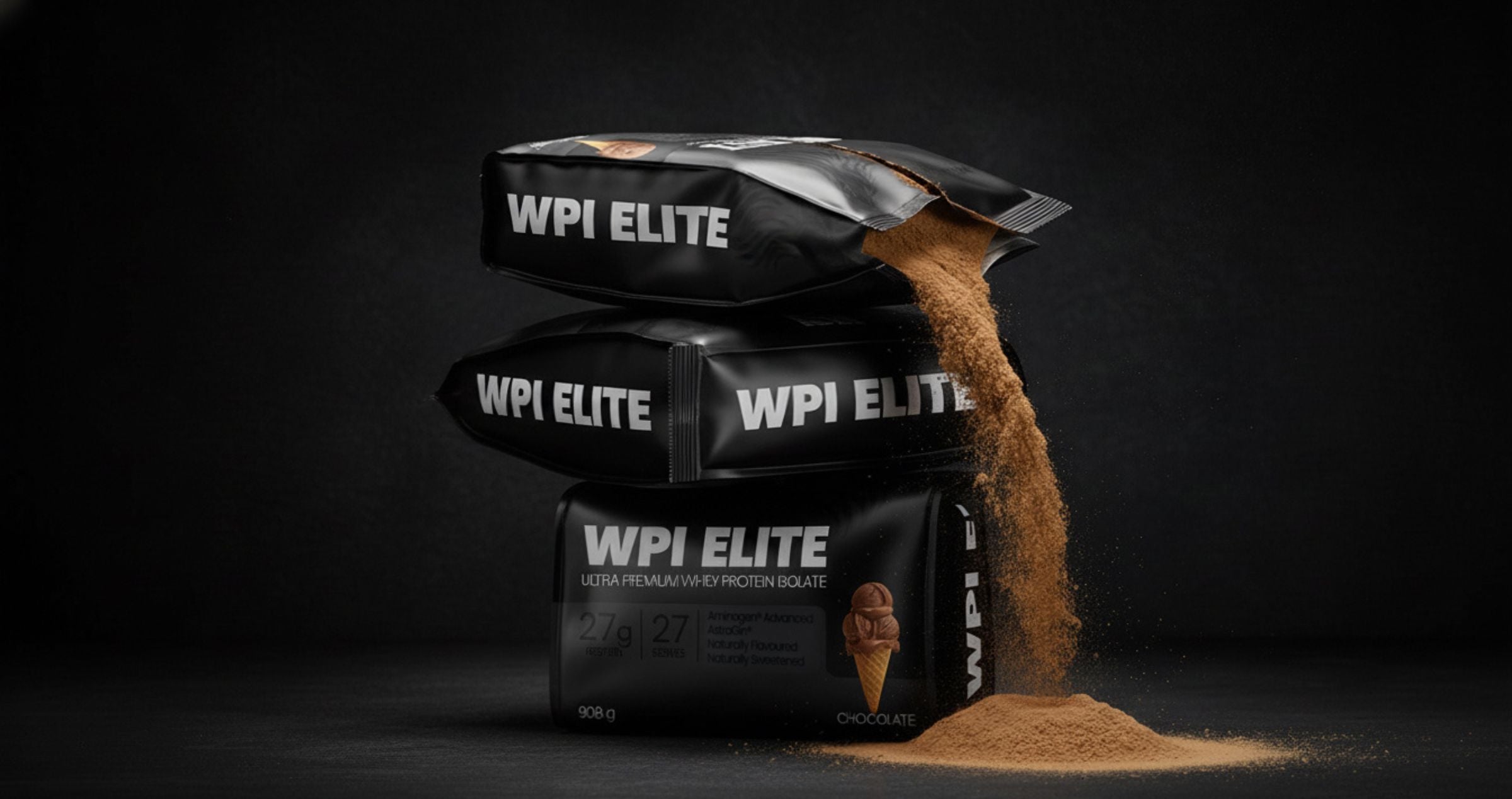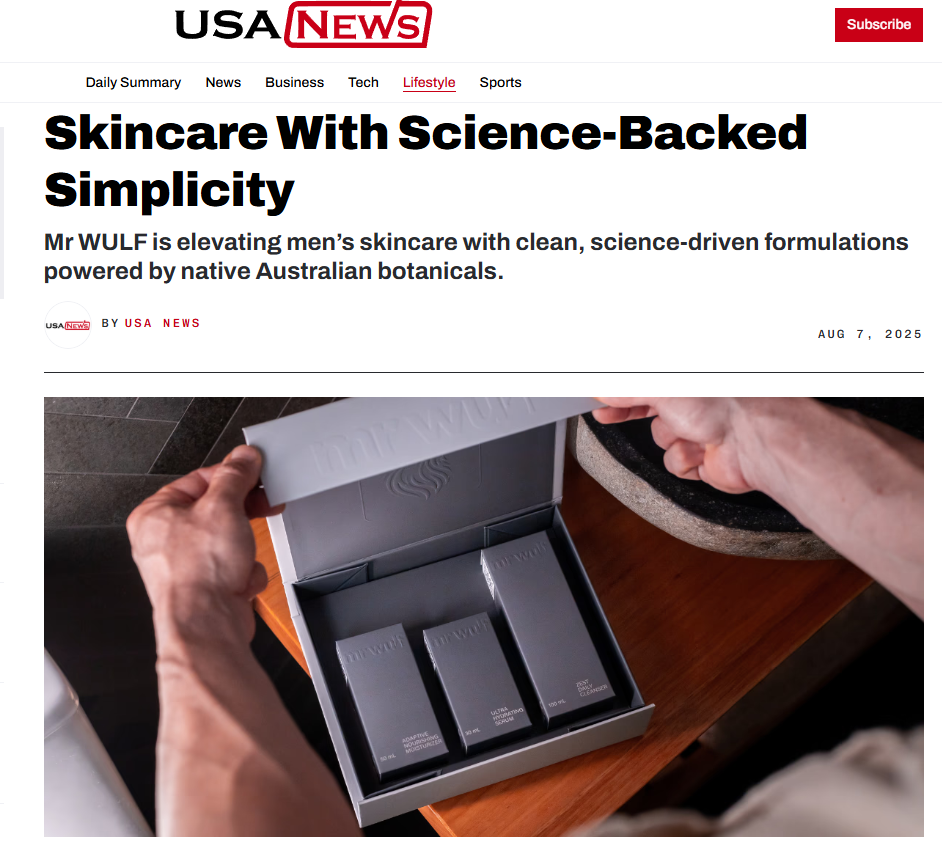Chances are you’ve heard of Endocrine disruptors, but what are they and what do they do?
Endocrine System
Noun
The collection of glands that produce hormones that regulate metabolism, growth and development, tissue function, sexual function, reproduction, sleep, and mood, among other things.
Disruptor
Noun
- A person or thing that interrupts an event, activity, or process by causing a disturbance or problem.
- A company or form of technology that causes radical change in an existing industry or market by means of innovation.
Well, that doesn’t sound like a good thing!
But you may be thinking to yourself, “I don’t play with toxic waste or radioactive material.” So, you should be safe, right? Like as if the governments of the world would knowingly allow something that is unsafe or unproven to be used by the public at large…
Where have you been for the past few years?!
The truth is there are many studies that have rung the alarm about commonly used, everyday chemicals that are not only still used today but commonly found in people homes.
Now don’t take my word for it check this out!

Understanding the Impact of Endocrine Disruptors on Human Health
A recent study by La Merrill et al. (2020), published in the journal Endocrine Reviews, provides comprehensive insights into the adverse effects of endocrine-disrupting chemicals (EDCs) on human health. The abstract highlights the significant concerns associated with these chemicals, emphasizing their pervasive presence in various consumer products and their potential to cause serious health issues.
The study details how EDCs, such as bisphenol A (BPA), phthalates, and parabens, can interfere with hormone receptors, synthesis, and conversion processes, leading to disruptions in the endocrine system. This interference can result in a myriad of health problems, including reproductive health issues, developmental delays, and an increased risk of hormone-related cancers.
La Merrill et al. (2020) note that "...exposure to EDCs is linked to numerous adverse health outcomes, particularly affecting reproductive and developmental health...". They further explain that these chemicals are found in everyday items, such as plastics, personal care products, and pesticides, making it difficult for individuals to avoid exposure.
The researchers call for urgent regulatory measures to limit the presence of EDCs in consumer products, stressing that "...the prevalence of EDC exposure and the potential for cumulative effects warrant significant attention and action...". Their findings underscore the need for increased public awareness and policy interventions to mitigate the health risks associated with endocrine disruptors.
For more detailed information, you can access the full study here.
Crazy huh, and that was back in 2020…
How Endocrine Disruptors Enter Our Bodies
Endocrine disruptors can enter the body through various routes: ingestion (contaminated food and water), inhalation (airborne particles), and, most commonly and what we want to focus on today, dermal absorption (skin contact). Common sources include personal care products, plastics, pesticides, industrial chemicals, and contaminated water supplies. Examples of known endocrine disruptors include Bisphenol A (BPA) – you know the whole plastic thing that blew up a few year ago where everything was and still largely has stickers on anything plastic saying BPA free! But a more common source of contamination are phthalates, parabens, found in your personal care products.
Are you starting to see a pattern here and what is likely the EDC entry point that is affecting you – whether you realise it or not? You personal health products like, shampoo, deodorant, cleansers and moisturisers!
Ok so now we know what is causing the problem – what do these chemicals do to your body. Hint – it ain't good. Unfortunately, you're not likely to gain super powers, you're very likely to become chronically or even acutely unwell.
Mechanisms of Disruption
Endocrine disruptors typically interfere with hormone function in three primary ways:
- Mimicking Natural Hormones: These chemicals can imitate the structure of natural hormones, such as estrogen, and bind to hormone receptors, triggering a response. This can cause overstimulation or inappropriate activation of hormonal pathways. – More estrogen making you less manly!
- Blocking Hormone Receptors: Disruptors can block hormone receptors, preventing natural hormones from binding and exerting their effects. This can inhibit the normal functioning of hormonal system - Less testosterone making you less manly
Altering Hormone Production and Metabolism: Some disruptors affect the synthesis, release, transport, or metabolism of natural hormones, leading to imbalances and disruptions in normal bodily functions. Slowing your metabolism – making you fatter and less manly!
Health Effects and Diseases
The health effects of endocrine disruptors can be profound and far-reaching, impacting various systems in the body. Some common health issues and diseases associated with exposure to endocrine disruptors include:
- Reproductive Health Problems: Disruptors can lead to fertility issues, decreased sperm quality, and developmental problems in fetuses. In men, exposure has been linked to reduced testosterone levels and impaired reproductive function.
- Cancer: Certain cancers, such as breast cancer in women and prostate cancer in men, have been associated with exposure to endocrine disruptors. Chemicals like BPA and phthalates have been implicated in these cancers due to their estrogen-mimicking properties.
- Thyroid Disorders: Endocrine disruptors can interfere with thyroid function, leading to conditions such as hypothyroidism or hyperthyroidism, which can affect metabolism, energy levels, and overall health.
Developmental and Cognitive Issues: Exposure during critical periods of development, such as in utero or during early childhood, can lead to developmental delays, learning disabilities, and cognitive impairments.
Story time!
Gather round lads. This might not be a dark night around the campfire kind of story telling but it might freak you out never the less.
I would like to imagine companies like these stop and think “Are we the baddies?” from time to time. But when you see this companies response to a lawsuits – where they LOST – You can’t help but think no they wouldn’t lose a wink of sleep. In fact, if they were human, I would suggest they really are a sociopath or perhaps even a psychopath!
Historical Cases and Notable Incidents
Johnson & Johnson Talcum Powder Scandal:

- The Product: Baby powder and other talc-based products.
- The Story: For decades, Johnson & Johnson's talcum powder was a household staple. Chances are if you're over 35 your mum used it on your bum! However, investigations revealed that the talc used in their products was often contaminated with asbestos, a potent carcinogen. Women who used the product for feminine hygiene reported higher rates of ovarian cancer. In 2018, a Missouri jury awarded $4.69 billion in damages to 22 women who alleged their ovarian cancer was caused by asbestos-contaminated talcum powder.
- Health Impact: Ovarian cancer, respiratory issues from inhalation.
- Court Cases: Thousands of lawsuits have been filed, resulting in billions of dollars in settlements and judgments.
Johnson & Johnson Talcum Powder Scandal: The Aftermath
The Johnson & Johnson talcum powder scandal, highlighted by the 2018 Missouri jury verdict awarding $4.69 billion to 22 women, led to significant corporate and legal responses.
Corporate Actions
In May 2020, Johnson & Johnson announced the discontinuation of its talc-based baby powder in the U.S. and Canada due to declining sales and safety concerns. However, they continued to sell the product in other countries such as the UK, Australia, and New Zealand, maintaining that their product was safe. Conversely by August 2022, under continued pressure, they committed to stopping the global sale of talc-based baby powder by 2023, transitioning to a safer cornstarch-based formula (Women's Voices for the Earth) (Breast Cancer Prevention Partners (BCPP)).
Legal Maneuvers
To manage litigation, Johnson & Johnson employed the "Texas Two-Step," filing for bankruptcy for a subsidiary holding the talc-related liabilities to isolate financial risks. This strategy, seen by many as a way to evade full accountability, allowed them to manage settlements through a restructured entity (Breast Cancer Prevention Partners (BCPP)).
Continued Litigation
Despite these actions, Johnson & Johnson faces over 40,000 lawsuits, with plaintiffs alleging that the talc powder caused ovarian cancer and mesothelioma. In June 2021, a Missouri court upheld a $2.2 billion verdict, citing the company's "evil motive or reckless indifference" in failing to warn consumers about asbestos contamination risks (Breast Cancer Prevention Partners (BCPP)).
OK, so that’s a full-blown lawsuit that didn’t happen until nearly 70 years of that product being on the market! So, what other chemicals are lurking in your home that you use every day that are known to cause harm – Phthalates!
Phthalates in Personal Care Products:
- The Product: Found in shampoos, deodorants, lotions, and plastics.
- The Story: Phthalates, used to make plastics flexible and as solvents in personal care products, have been linked to reproductive health problems and developmental issues. Research has shown that phthalate exposure can lead to reduced sperm quality and hormonal imbalances in men, as well as developmental issues in children.
- Health Impact: Reproductive toxicity, developmental issues.
- Court Cases: Numerous consumer advocacy groups have pushed for stricter regulations and bans on phthalates, leading to increased scrutiny and changes in manufacturing practices.
Synthetic Fragrances in Personal Care Products:
- The Product: Scented lotions, shampoos, and perfumes.
- The Story: Synthetic fragrances often contain a cocktail of undisclosed chemicals, many of which can disrupt hormones and cause allergic reactions. Studies have linked these fragrances to respiratory issues, skin irritation, and hormone disruption.
- Health Impact: Allergic reactions, hormone disruption.
- Court Cases: Advocacy groups have pushed for greater transparency in labeling and the removal of harmful chemicals from products.
BPA in Plastics:
- The Product: Found in plastic bottles, food containers, and lining of cans.
- The Story: Bisphenol A (BPA) is a chemical used to harden plastics. Research has shown that BPA can leach into food and beverages, leading to exposure. BPA is an endocrine disruptor that can mimic estrogen and has been linked to various health problems, including cancer, reproductive issues, and developmental problems.
- Health Impact: Cancer, reproductive toxicity, developmental issues.
- Court Cases: Widespread consumer backlash and scientific evidence have led to bans on BPA in baby bottles and other products in many countries.
It really does seem at times that the world is upside down. Things that are known to be good are called evil, like eating meat, and things that are known to be bad are called good, like food colourings Yellow 5 and Red 40 STILL USED in lollies and snacks targeting kids – but have now been linked to causing cancer. Food for thought!

Now, when it comes to endocrine disruptors, you’ve been armed with the truth! There’s no gray area—they're the real villains in our daily lives. Let’s flip the script, stay informed, and keep our health and our family’s health in check. After all, we deserve to live life well and to the full.






Australian Wattleseed: The Skincare Powerhouse
The Power of Postbiotics: A Secret Weapon for Your Skin